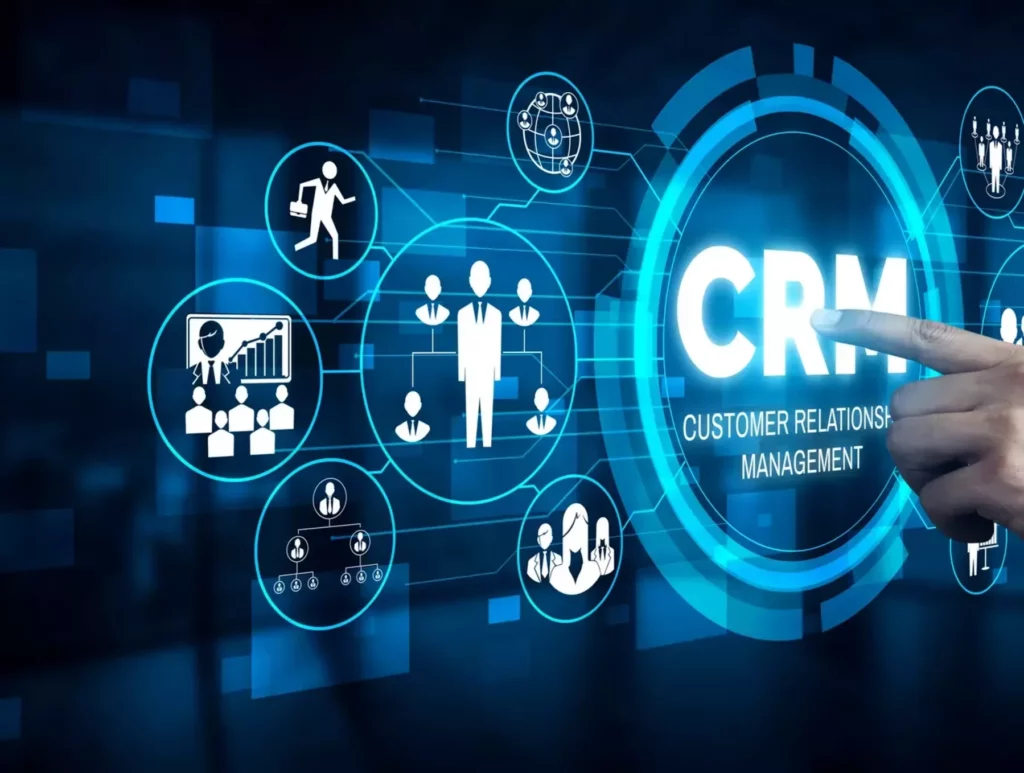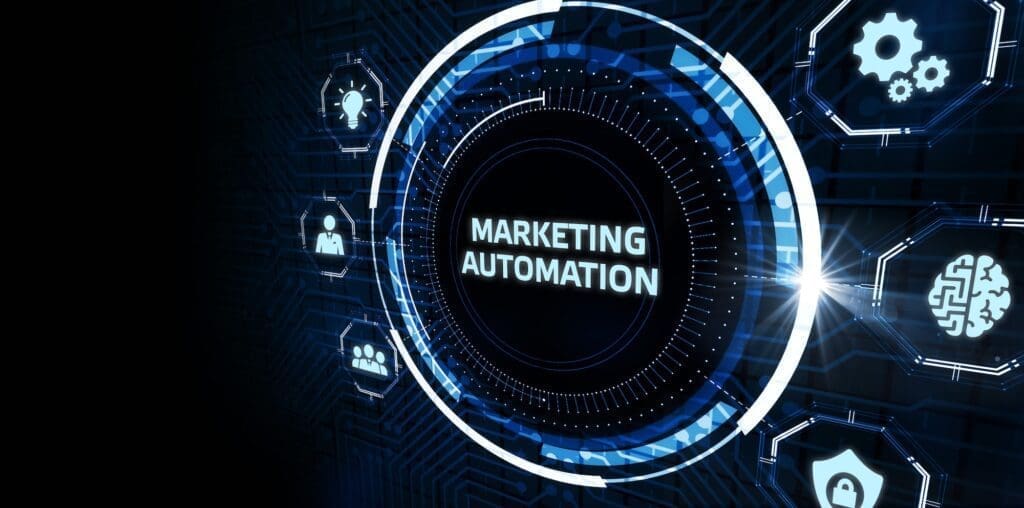Are you a B2B marketer looking to increase efficiency, reach more prospects and maximize results? Welcome to the world of marketing automation! It’s an exciting way to optimize digital marketing strategies in just about any industry. From email campaigns to automated customer on-boarding journeys, the possibilities for using automation for your business are vast! In this blog post I’ll discuss a few things:
- What exactly marketing automation is
- How it can provide effective results for businesses like yours
- Give important examples so you have a better understanding of concept
- How to get started implementing it in your own organization
Let’s go!

What is marketing automation and how does it benefit B2B organizations
Marketing automation is an incredibly powerful tool for B2B organizations looking to maximize their marketing reach. By using automated tools and processes, companies can streamline their efforts for maximum efficiency and effectiveness. Examples of marketing automation activities include triggered email campaigns, segmentation of leads, lead scoring, multi-channel communications, etc. The potential benefits here are obvious.
- Optimizing resources spent on compiling contact databases
- Scheduling follow-up emails to staying top of mind with audiences through consistent content
Marketing automation can offer a multitude of solutions that save time and effort while increasing your overall ROI.
Maximizing results with marketing automation for B2B organizations

Imagine a world where your B2B marketing efforts practically run themselves? This would leave you with ample time to focus on other pressing (and strategic) matters. Sounds like a dream, doesn’t it? Well, welcome to the reality of marketing automation for B2B organizations! By employing this powerful technology, you can optimize your campaigns, nurture leads, and ultimately drive better results for your business. And the best part? You can do all of this without breaking a sweat or losing your personal touch. So, buckle up and get ready to propel your organization toward success with marketing automation!
Types of examples and use cases for marketing automation
Imagine this: You’ve just launched an exciting new product and you’re swamped with customer inquiries, tracking social media engagement, and analyzing sales patterns. Welcome to the bustling world of marketing. But what if I told you that you could automate some of these tasks, saving time and improving efficiency? Yep, that’s where marketing automation comes in. For example, nurturing leads through automated email campaigns not only keeps your audience interested, but also streamlines your follow-up process. Or how about using chatbots to answer frequently asked questions and direct customers to the right resources? And don’t forget analyzing customer data to generate personalized content that speaks directly to individual preferences. Marketing automation provides countless possibilities to help you up your marketing game without breaking a sweat. So, go ahead and put it to the test – even though you might miss those all-nighters spent juggling tasks (kidding!).
Getting started with marketing automation for B2B organizations
Picture this: it’s a tranquilly productive day in your B2B organization, and you’ve not only managed to sail through your to-do list but also had that extra time to enjoy a well-deserved cup of coffee (or tea, if you prefer). Sounds like a dream, doesn’t it? Well, welcome to the world of marketing automation! Integrating this tech marvel into your B2B marketing strategies opens doors to smoother processes, more qualified leads, and enhanced customer relationships. Think of it as a virtual assistant who’s on standby 24/7, helping you manage all those repetitive marketing tasks like clockwork. Step into the age of efficiency with marketing automation tools that are specifically designed for B2B organizations. Let the virtual revolution take your business to new heights, so you can finally reach for that extra cuppa without any qualms.
Tips to help make the most out of your efforts
For B2B marketers looking to make the most out of their marketing automation efforts, there are a few key strategies that will help. Firstly, you need to clearly define your goals and objectives — know exactly what you’re shooting for so you can create an effective strategy that meets those needs. Secondly, research features that will optimize performance; understanding exactly which features are best used for your organization is essential in maximizing effectiveness. Additionally, properly segmenting target audiences is an integral step to success; it’s crucial to tailor messaging and content offerings to subgroups based on consumer behavior patterns and preferences. Finally, monitor outcomes consistently; track results and make sure goals are being met as automated processes run more effectively over time. With these tips in mind, B2B organizations can benefit from a successful journey into marketing automation with remarkable long-term results.
Common pitfalls to avoid when implementing marketing automation
Ah, marketing automation! It’s like having an extra pair of hands to help you juggle all your marketing tasks. But before you jump into the world of automated marketing bliss, there are a few pitfalls you should avoid to make the most of your new virtual helper. First up, make sure you don’t underestimate the importance of choosing the right tool – having a fancy marketing automation platform means nothing if it doesn’t align with what you truly need. Also, don’t forget to keep things personal even in the world of automation; never lose sight of the fact that you’re still communicating with real people, after all. Finally, be vigilant about monitoring and tweaking your campaigns to ensure they stay on point and effective. Remember, marketing automation is your trusty sidekick, not your superhero savior. Work together, and watch your marketing efforts soar!
My current automation work
With my current work, we currently don’t have a very sophisticated automation system but I’ve got one in the works to help with that. I’m in the process outlining our current points of input and then followed by which automation based on a ‘trigger’ of any Call-to-Action (CTA) elicits. I’m still working on this but here are some steps that my help you outline your own marketing automation system.
- Outline lead inputs
- Identify CTAs per lead input
- Assign next step automation (per CTA leading them through the sales cycle)
Through this automation outline, be sure to “lead” your contact through the sales cycle. This means giving them the information they need at that point (of the sales cycle), and prompt them to take the next action down the path you developed for them.
It’s definitely a complex task but spending time upfront to map out this system will help you simplify things when you’re adding in these steps in your system (Pardot, HubSpot, SharpSpring, etc.).
Tying to your CRM

Ideally your marketing automation should tie into your CRM system. In doing this over time, you’ll be collecting the data needed to start identifying trends through touches and types of touches that move a prospect to a lead, and an opportunity. Basically tracking them through the sales cycle and analyzing what marketing automations and touches helped in that process. With this insight you can start honing in on the key aspects that are driving your success.
In addition, tying into your CRM will allow you to segment leads based on their data. This ensures your automated messages are highly targeted, and customized to the right audience.
Finally, tracking leads and sales through your marketing automation system will help you determine the ROI of different campaigns and channels – allowing for more informed decisions going forward.
Having a well thought out marketing automation system that ties into your CRM will help streamline and optimize your marketing efforts. This allows you to get the most out of your automation strategies.
Summary
In conclusion, marketing automation is a powerful tool for B2B organizations, not just because it can streamline sales processes and lead management, but also because it can improve customer experience. With the right approach and tools, B2B companies can leverage marketing automation to effectively and efficiently reach their target audience. There are many examples and use cases for how it can be used to drive sales, increase efficiency, and measure results. However, understanding the complexities behind marketing automation is key in order to maximize its effectiveness.
To start with marketing automation for your own B2B organization, begin by exploring what automation tools might be most suited for your business needs. Remember to allow ample time to create meaningful content as well as regularly test different scenarios while keeping an eye on your analytics along the way. Also consider using A/B testing to evaluate styling or copy of emails or other collateral since this may have an effect on user engagement with each campaign. Above all else keep in mind common pitfalls you may encounter when implementing marketing automation for greater successes over time! Now that you have a better understanding of what marketing automation entails for B2B companies, ask yourself: What thoughts, experience or tips can you share? Comment below!


